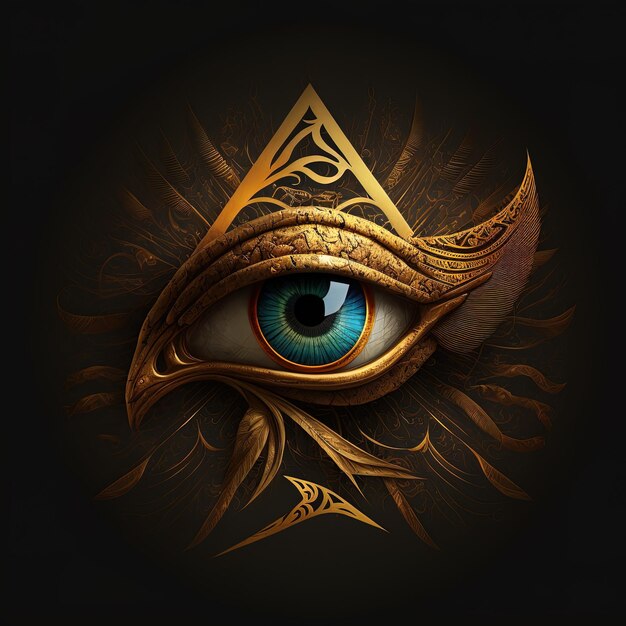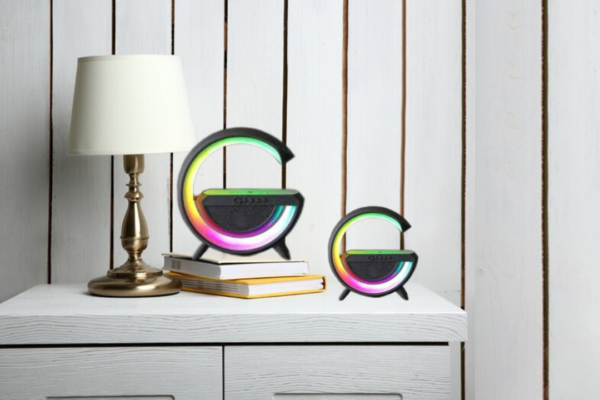The Egyptian whoop bird, known as the hoopoe, has long been associated with folklore, mythology, and cultural significance in Egypt and beyond. With its striking features and distinctive call, the hoopoe’s presence in the region has led to centuries of admiration and mystique. Among its many features, the Egyptian whoop bird eye stands out as a symbol of wisdom, vision, and an innate connection to ancient myths. The bird’s eye has been the subject of intrigue, often appearing in art, literature, and even spiritual symbolism across different cultures.
In this article, we will delve into the unique attributes of the whoop bird’s eye, exploring its physical characteristics, its symbolism in Egyptian culture, and how it continues to capture the imagination of those who study this fascinating bird.
The Hoopoe: A Symbol of Egyptian Culture

The Egyptian hoopoe, often simply called the “whoop bird” due to its unique call, has held a special place in Egyptian culture for millennia. It is frequently depicted in hieroglyphics, tomb paintings, and historical texts, where it symbolizes various themes, such as protection, guidance, and divine wisdom.
This bird’s striking appearance—with its long, curved beak, fan-like crest, and the bright contrast of black-and-white plumage—makes it easily recognizable. However, it is the eye of the Egyptian whoop bird that holds particular significance. Egyptians regarded the hoopoe as a messenger between the heavens and the earth, and the eye was often seen as a reflection of its ability to see beyond the physical world.
Anatomy of the Bird Eye
One of the most fascinating aspects of the Egyptian whoop bird eye is its structure and appearance. The eye itself is relatively small in comparison to the bird’s head, but it is sharp and piercing, allowing the bird to hunt for insects and other small creatures with precision. The hoopoe’s eye has evolved to be incredibly efficient in detecting movement, especially when searching for prey in low-light environments such as early morning or dusk.
From a biological perspective, the hoopoe’s eye is adapted for both diurnal and crepuscular (dawn and dusk) activities. This means that its vision is sharp enough to navigate its surroundings and identify food sources during these times, providing it with a survival advantage in the semi-arid habitats it often frequents. The hoopoe’s visual acuity is enhanced by a structure called the fovea, which allows for clear vision and accurate depth perception—a vital trait for a ground-feeding bird that relies heavily on sight to locate its prey.
The Eye of the Hoopoe in Egyptian Mythology
In ancient Egyptian mythology, birds often held divine associations, and the eye of the whoop bird was no exceptionPeople considered the hoopoe a symbol of protection and watchfulness. They believed its eye carried divine insight, similar to the more famous “Eye of Horus,” which symbolized healing and protection in Egyptian belief systems.
In many representations, the hoopoe’s eye is depicted with an otherworldly glow, symbolizing its connection to the gods. The bird’s ability to navigate both the earth and sky was interpreted as a form of spiritual duality, representing the balance between life and death, the known and the unknown. In this way, the egyptian whoop bird eye became a metaphor for clarity of vision, not just in the physical sense but in spiritual perception.
Cultural Significance of the Whoop Bird in Egyptian Folklore
Beyond its mythological connections, people revered the hoopoe for its intelligence and cunning. In Egyptian folklore, they often saw the whoop bird eye as a symbol of foresight and wisdom. They believed the bird possessed deep knowledge of the natural world, especially in navigating the desert and locating water sources. The sharpness of its eye reflected the bird’s ability to foresee danger and guide travelers through perilous environments.
Even today, locals in rural Egyptian communities may recount tales of the hoopoe as a guide or protector, its keen eyesight warning of approaching predators or natural disasters. The eye of the whoop bird is, therefore, not only a symbol of vision but of survival and endurance in the harshest of climates.
Hoopoe’s Eye in Literature and Art

The Egyptian whoop bird eye has also been a subject of artistic inspiration, both ancient and modern. In ancient Egypt, the bird appeared in numerous works of art, often symbolizing royalty, intelligence, and protection.The eye of the hoopoe accentuated to emphasize its spiritual importance.
In modern literature, poets and writers have referenced the hoopoe as a symbol of insight and intuition. The sharp gaze of the bird has been uses as a metaphor for clarity of thought, often tie to themes of enlightenment and discovery.
The Unique Behavior of the Hoopoe’s Eye
Apart from its symbolic meanings, the hoopoe’s eye plays a crucial role in the bird’s day-to-day behavior. As a ground feeder, the bird relies heavily on its sight to detect insects, larvae, and small invertebrates. The bird’s eye is perfectly suit for spotting movement on the ground, even in sparse or dim light. The hoopoe’s eye works in harmony with its long, probing beak, which it uses to dig the soil or soft ground in search of food.
Interestingly, the hoopoe’s eye is also essential during its mating displays. The bird often raises its crest and locks eyes with potential mates, a behavior that emphasizes the bird’s visual capabilities. The hoopoe’s eye is sharp and discerning, aiding the bird in choosing a strong, healthy partner for reproduction.
Protecting the Egyptian Hoopoe: Conservation Efforts
Despite its historical and cultural significance, the Egyptian whoop bird eye faces threats in the modern world. Habitat destruction and pesticide use have led to declining populations in some areas. As ground feeders, hoopoes are particularly vulnerable to changes in land use and farming practices. Conservation efforts are now focusing on protecting the habitats where hoopoes thrive. Ensuring that future generations can continue to witness the beauty of the whoop bird’s eye and its graceful presence in the Egyptian landscape.
Through awareness campaigns and habitat protection initiatives. Conservationists hope to preserve the hoopoe’s role as both a natural and cultural icon in Egypt.
Conclusion
The Egyptian whoop bird’s eye is more than just a biological marvel; it’s a symbol of wisdom, spiritual insight, and survival. Revered in Egyptian culture for centuries, the hoopoe continues to captivate both bird enthusiasts and cultural historians. Its sharp, discerning gaze has not only helped it thrive. its natural environment but has also cemented its place in the annals of Egyptian folklore and mythology. As conservation efforts aim to protect this magnificent bird. its legacy—especially that of its piercing eye—will endure for generations to come.
FAQs
What makes the Egyptian whoop bird’s eye unique?
The Egyptian whoop bird’s eye adapts to both day and night vision, giving the bird sharp sight to detect prey and navigate through various light conditions. Its small but piercing eye also carries deep cultural and spiritual significance in Egyptian mythology.
How did the ancient Egyptians view the whoop bird’s eye?
Ancient Egyptians saw the whoop bird’s eye as a symbol of divine insight and protection. They associated it with spiritual clarity, much like the Eye of Horus, and believed it offered guidance and wisdom.
Can hoopoes see well in low light?
Yes, the whoop bird’s eye adapts well to low-light environments, such as dawn and dusk, when the bird stays most active. Structures like the five enhance its vision, improving depth perception and sharpness.
Why is the hoopoe important in Egyptian culture? The hoopoe is revere in Egyptian culture for its intelligence, foresight, and spiritual connections. It appears in folklore, mythology, and art as a symbol of wisdom, protection, and divine communication.
What are the conservation concerns for the Egyptian hoopoe? Habitat destruction, pesticide use, and changes in land use threaten the Egyptian hoopoe’s population. Conservation efforts focus on preserving the bird’s natural habitats to prevent further decline.
How do hoopoes use their eyes during mating? During mating displays, hoopoes raise their crests and lock eyes with potential mates. The sharpness of their vision helps them assess the health and fitness of their partners.













